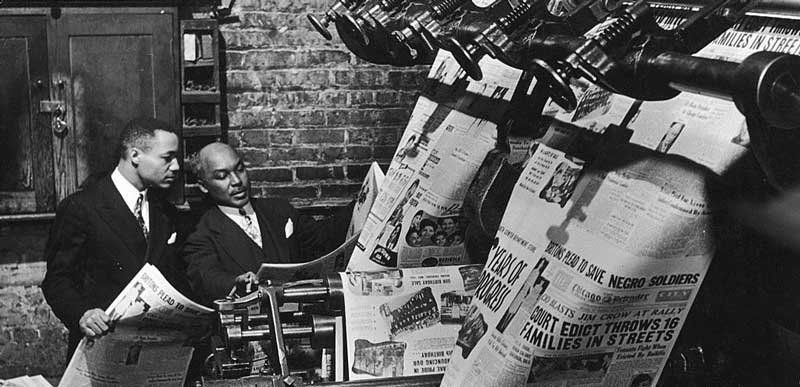Media and Myths

When the U.S. faced the question of what role millions of newly-freed African-Americans should play in society, the news press itself was in transition. The popular “penny-press” was beginning to replace newspapers connected to political parties. The change would bring new standards to reporting, as would new technologies. As journalism became a distinct profession, it aspired to a model that increasingly valued accuracy and objectivity as more conducive to the public good than journalistic allegiance to political parties or causes. Similarly, the newly “independent” news media claimed to be more “fair” and “balanced” than its “biased” partisan rivals. Yet over the next 90 years, journalists would champion both white supremacy and racial equality. What can this history of media racism and racial advocacy teach us about the press today? This special discussion-starter program, for professional, community and classroom use, covers the entire time period of Between Civil War and Civil Rights episodes.
Listen to separate tracks or download the entire program
1. Reconstruction:
“The first casualty when war comes is truth:” the problems of accurate reporting, and public safety.
2. Introducing the Black Press:
Community standards and community justice
3. A Real Press Riot:
In black and white, at the Century’s turn. “My constituents can’t read, but damnit, they can see the pictures.”
4. Press Values and Societal Values:
The press, and the Klan, reborn; objectivity vs. impact
5. The Mainstream Press versus the Black Press (Rosewood)
6. The Black Press:
Growth and Opposition
7. Alliances:
The new press models: as advocate and as “socially-responsible” member of a society in transition
8. Remembering and Reconciliation
Today’s media face their—and society’s—past and future.
